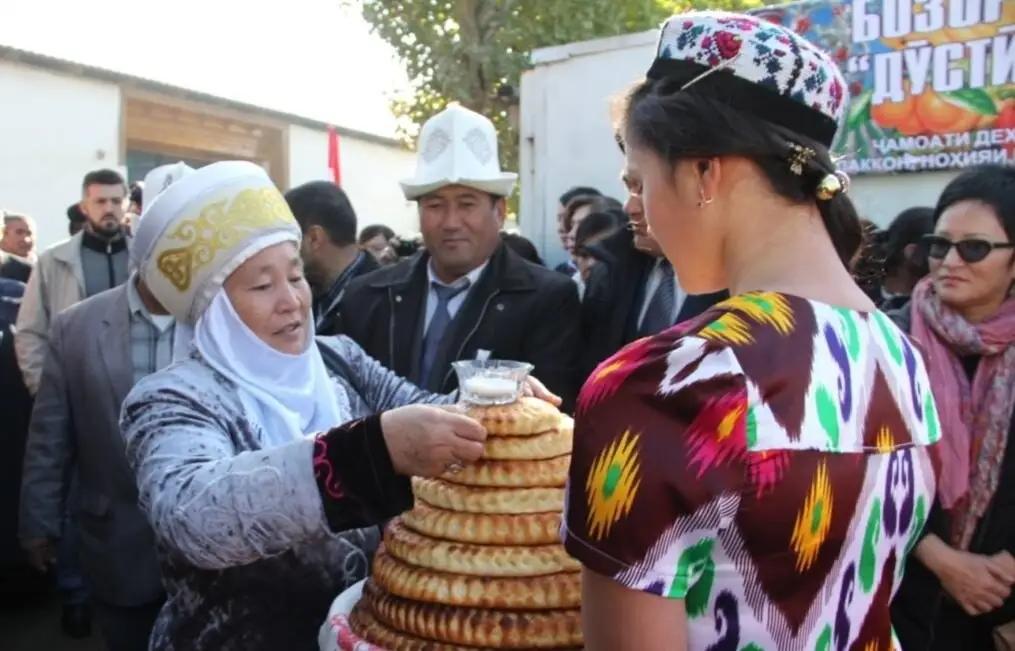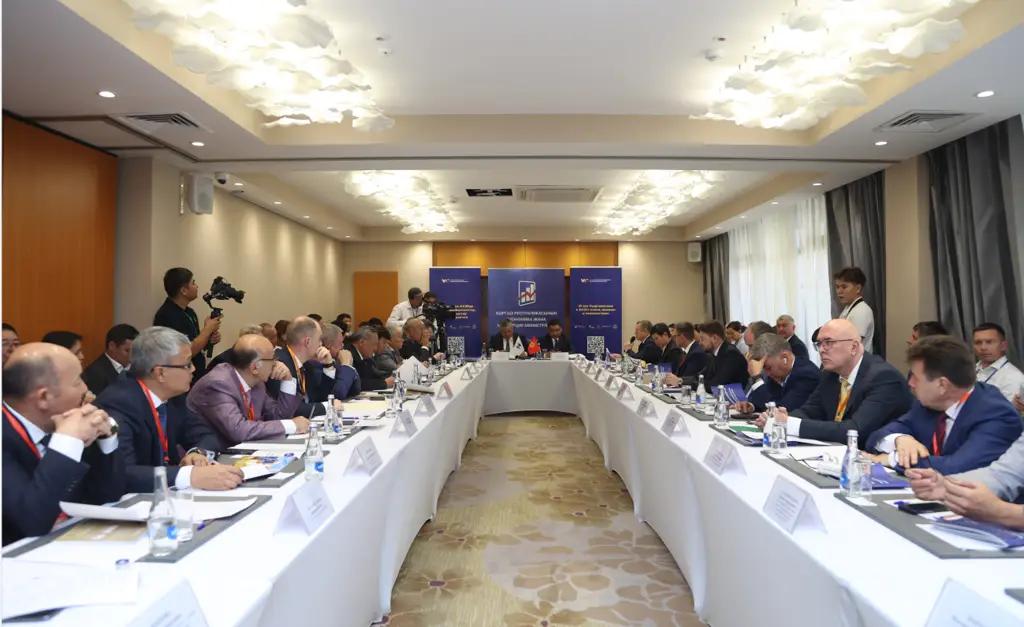
Published
08/13/2025, 22:40On 13 August, on the eve of the 7th Kyrgyz-Russian Economic Forum, a scientific and practical conference titled “10 Years of the Kyrgyz Republic’s Accession to the EAEU” was held at Issyk-Kul. The event brought together representatives of various countries, business circles, as well as academic and expert communities. It served not only as a platform for reviewing the Union’s interim economic results but also for defining the strategic directions of its further integration.
Since 2014, when Kyrgyzstan officially joined the Eurasian Economic Union, the country’s key macroeconomic indicators have undergone significant changes. In particular, GDP has nearly quadrupled during this period — from 400 billion to 1.5 trillion KGS in 2024. The volume of foreign investments from EAEU member states has increased 2.8 times, while exports to the Union’s countries have quadrupled, reaching 1.7 billion USD.
Trade turnover with Union partners exceeded 5.5 billion USD, while the share of joint projects in industry, agriculture, and logistics has grown significantly. One of the key drivers of this growth has been the Russian-Kyrgyz Development Fund, which over this period financed more than 3,600 projects totaling over 900 million USD. These investments have helped create more than 33,000 jobs.
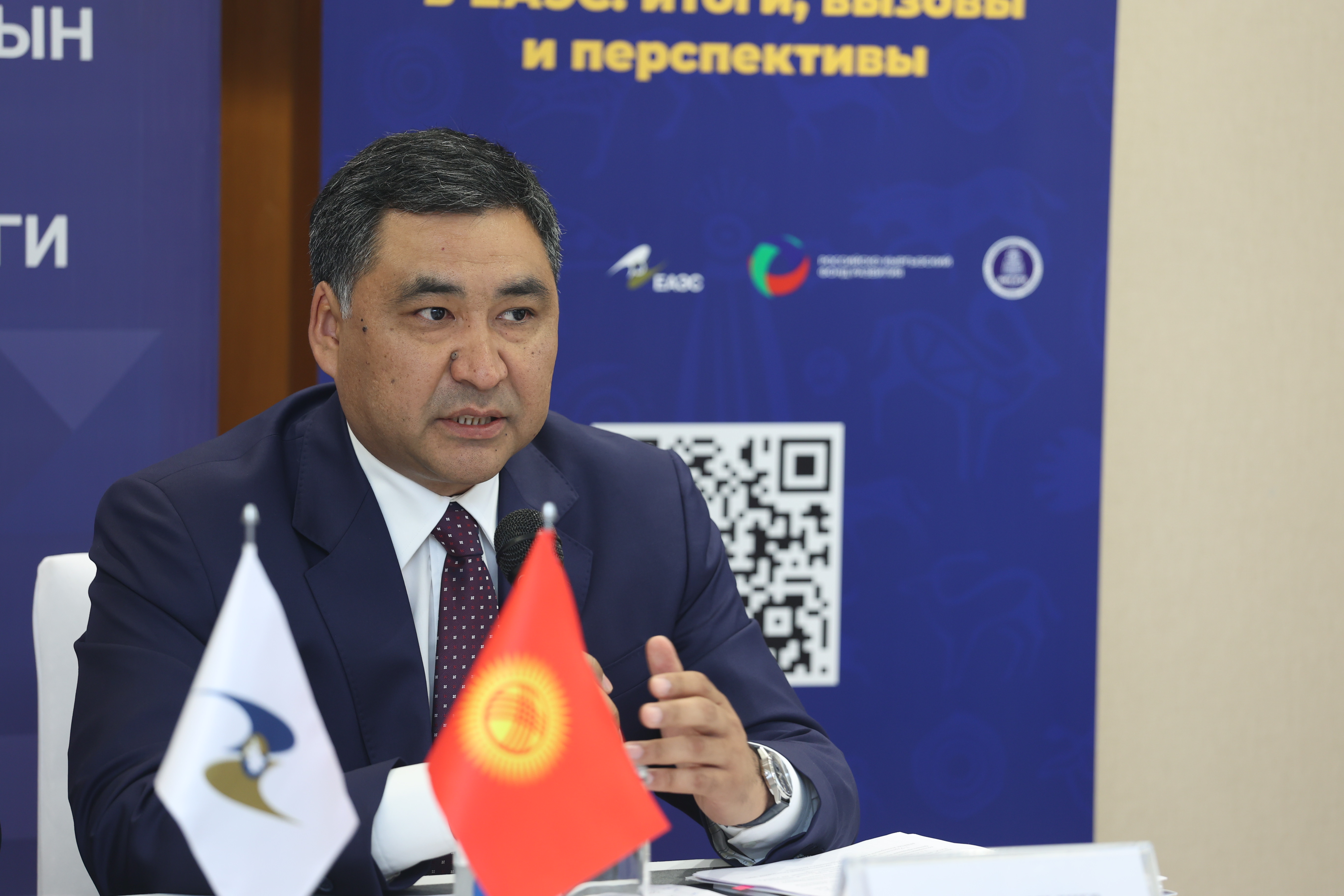
First Deputy Chairman of the Cabinet of Ministers Daniyar Amangeldiev, in his opening remarks at the conference, emphasized that in the coming years the key priorities for the Republic should be not only strengthening its position in the EAEU market, but also actively participating in shaping the Union’s digital space, developing technological alliances, and creating resilient logistics chains.
Summing up a decade of Kyrgyzstan’s membership in the EAEU, conference participants agreed that one of the most significant outcomes of integration was the establishment of the Russian-Kyrgyz Development Fund. Its objectives are to promote economic cooperation between Kyrgyzstan and Russia, as well as to modernize and develop Kyrgyzstan’s economy.
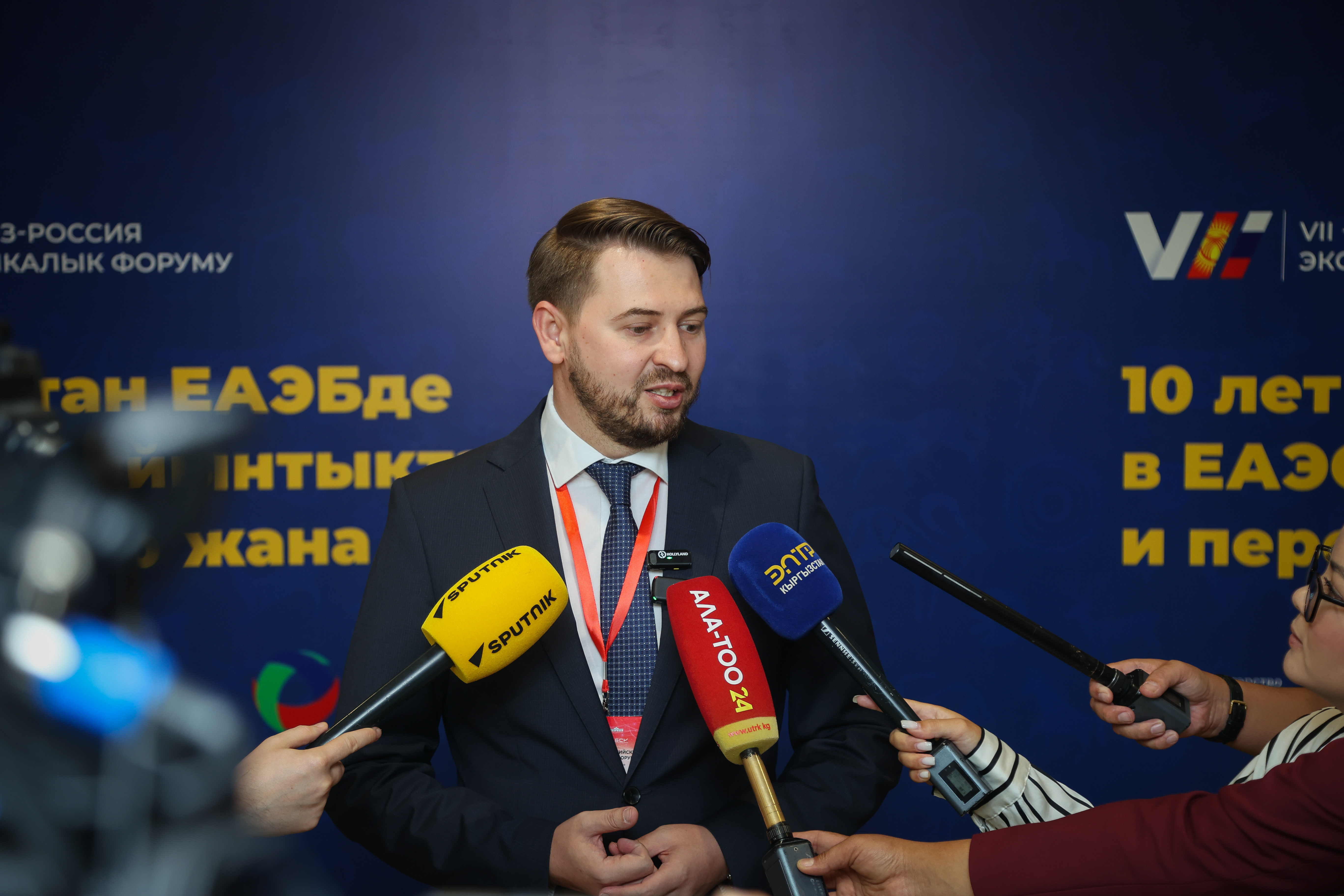
“In 10 years, the Fund has invested over 900 million USD, financing more than 3,600 projects across all regions of the country. Over these years, we have also achieved significant results in integration processes, and today the Union faces new challenges,” — emphasized RKDF head Artem Novikov.
At the same time, the conference also highlighted the key challenges currently facing the EAEU. These include persistent trade barriers, the need to strengthen industrial cooperation, the development of joint investments, and scientific and technological collaboration.
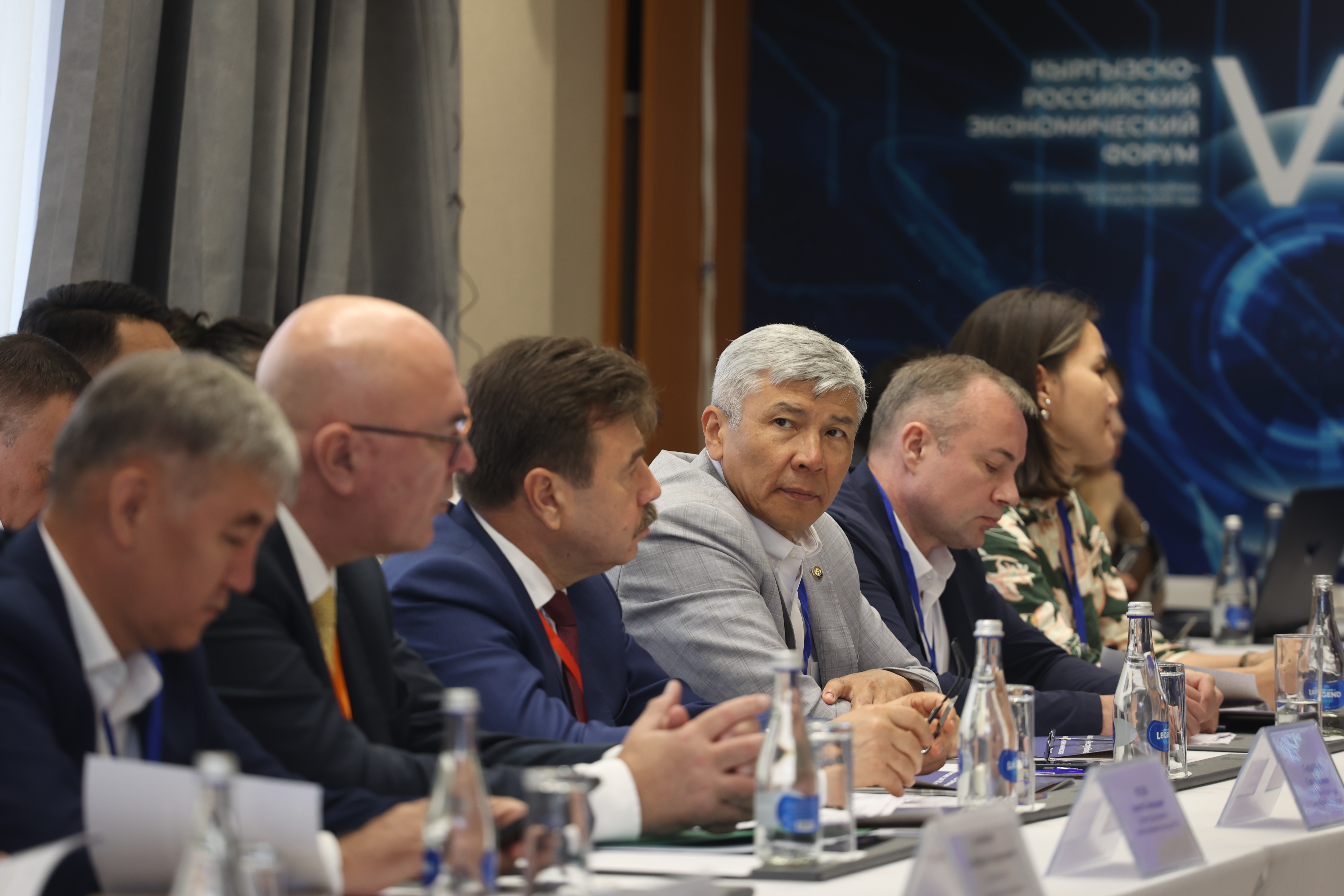
It was noted that overcoming these barriers will allow the Union to fully realize its potential. According to Temir Sariev, head of the Chamber of Commerce and Industry, Kyrgyzstan and its EAEU partners should refrain from creating artificial obstacles at the borders.
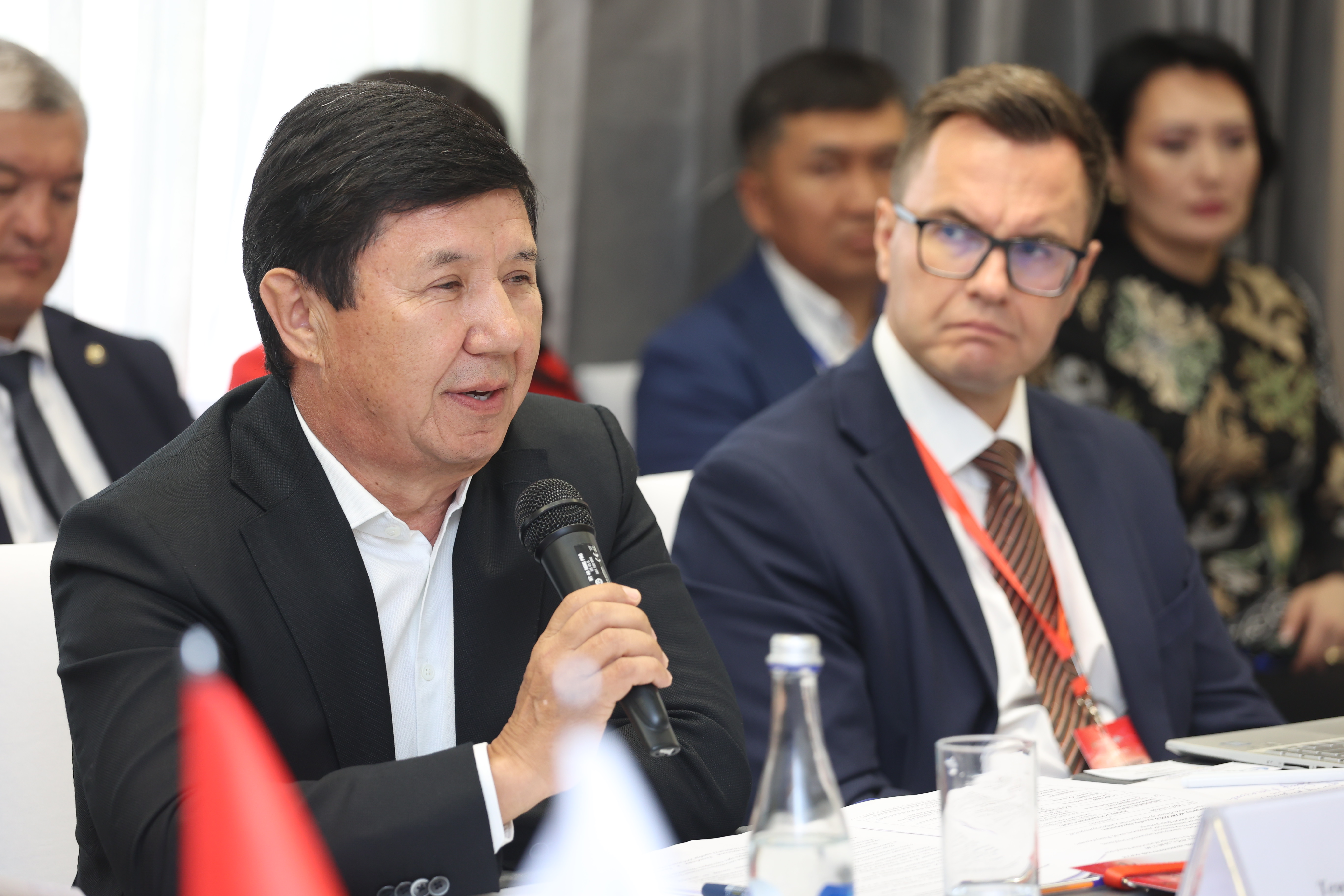
“Delays in the cross-border movement of goods harm businesses and undermine trust in the Union. We are brotherly nations, and such issues must be addressed. They hinder the development of cooperation, and without it, it is impossible to build a strong Union,” — he stated.
Today, taking stock of the interim results, we can see that the Eurasian Union has not only proven its viability but has also become a full-fledged participant in global economic processes. Yet, back in 2008, the leading states of the region set themselves the ambitious task of building an integration platform — a goal in which many did not believe. The prolonged stagnation of integration within the CIS only deepened doubts about its success.
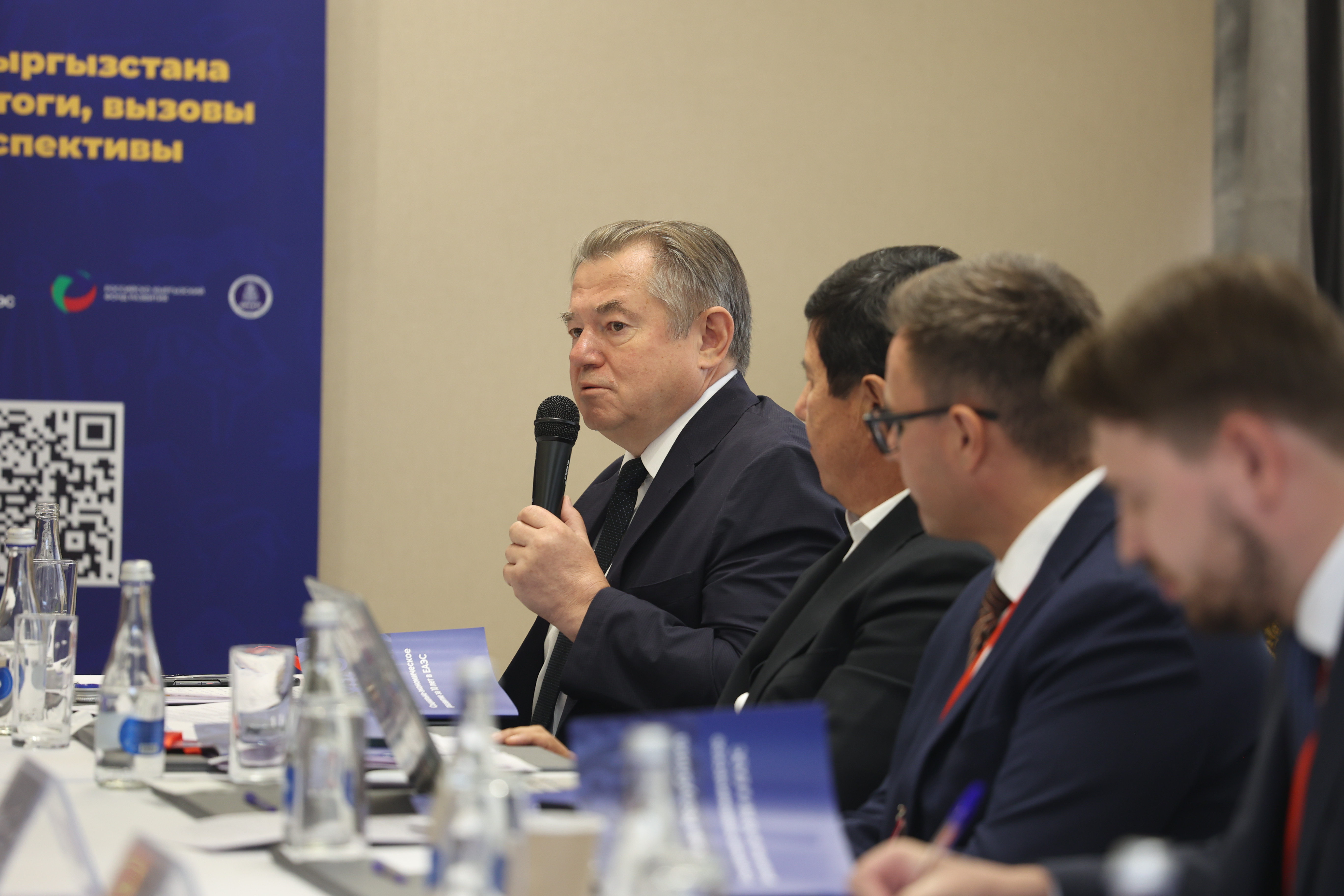
"Few believed it would be a successful process. At that time, a political decision was made to pursue multi-speed integration. Three countries stood out, and within three years we established a customs union," — noted CIS Secretary General Sergey Glazyev.
Kyrgyzstan’s accession became a serious test of the Eurasian Economic Union’s maturity. There were significant doubts that the country could fully integrate into the bloc, given that its partners possessed much larger and more successful economies. However, this very challenge became a powerful driver for development. Today, in a number of key indicators, Kyrgyzstan demonstrates some of the strongest results within the Union.
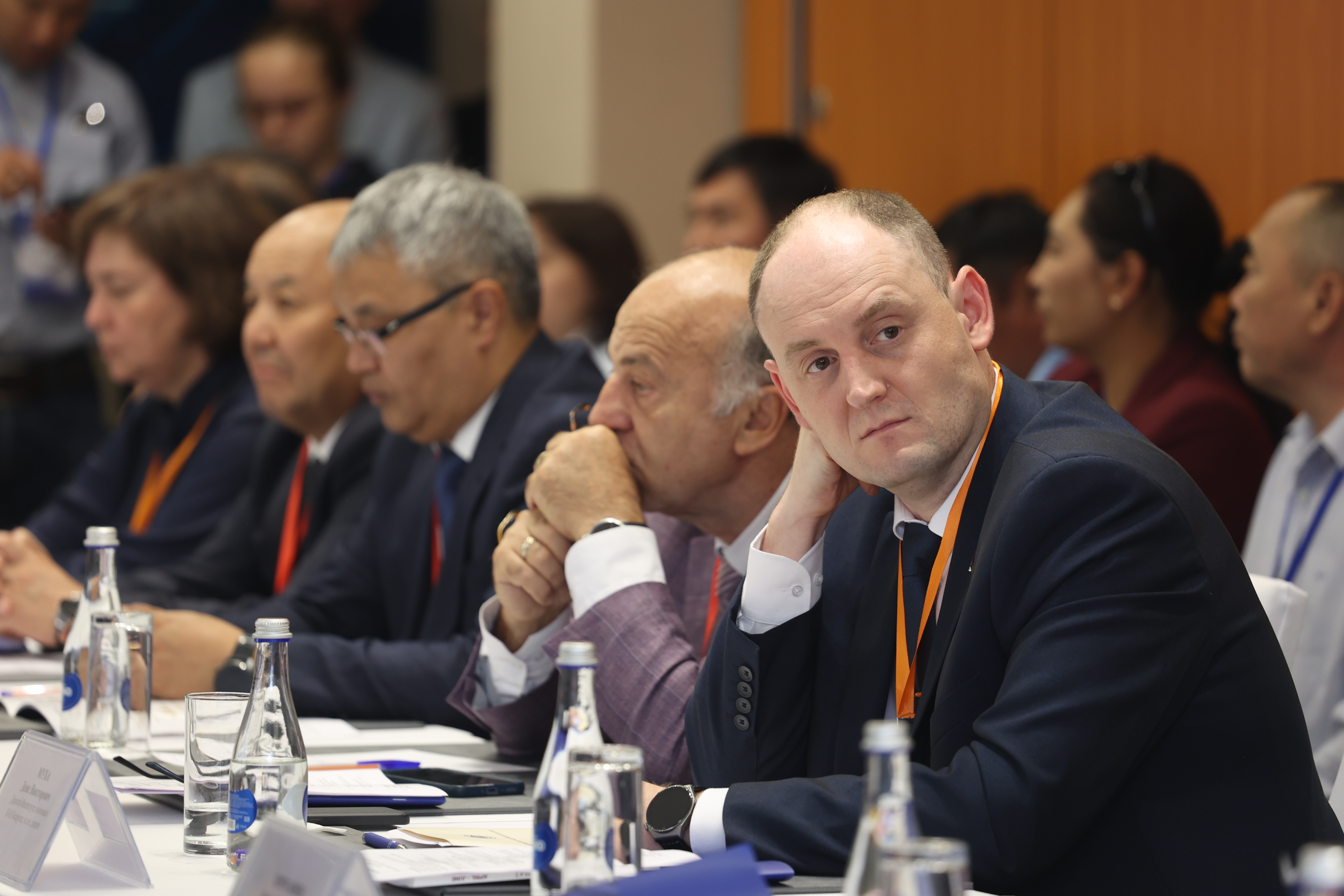
By removing existing barriers and fully implementing the Union’s “four freedoms,” Kyrgyzstan — along with its fellow members — will be able to reap even greater benefits and strengthen its position in the common market, making integration as effective and sustainable as possible.


